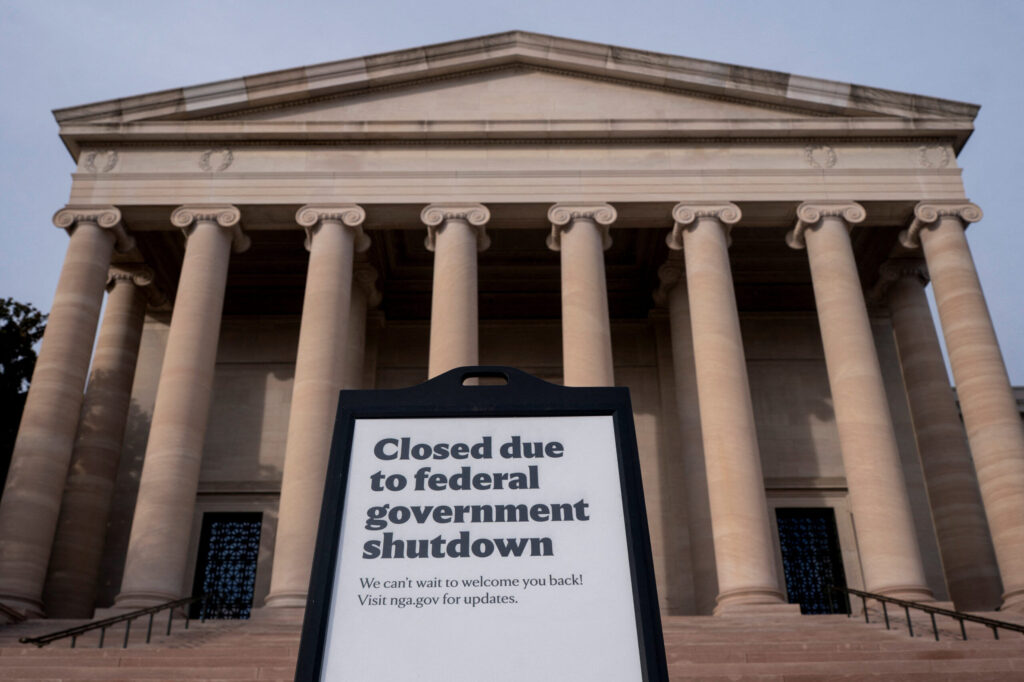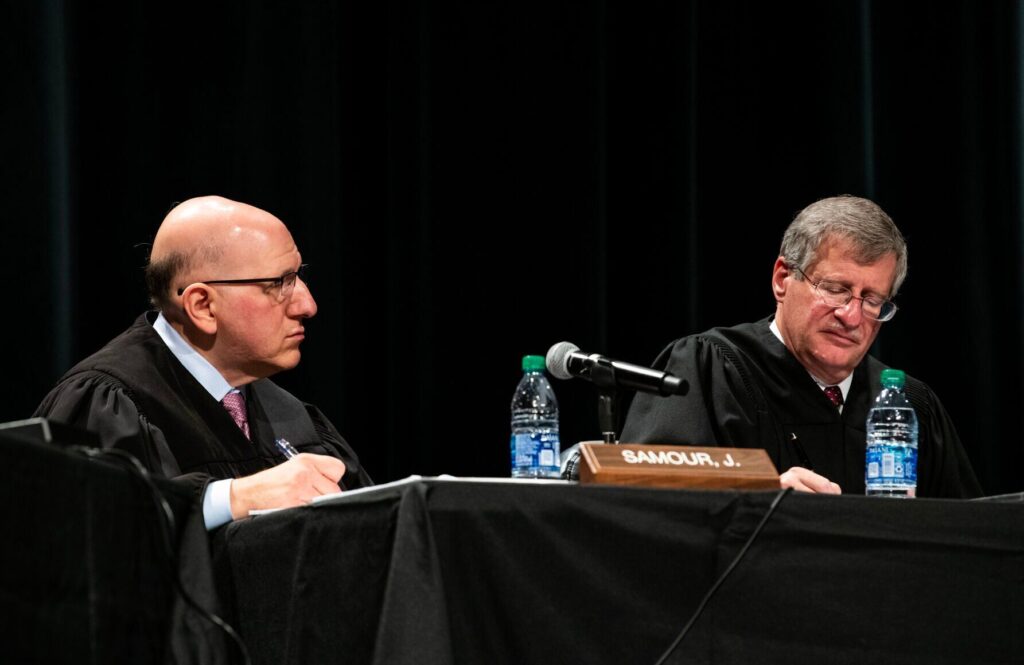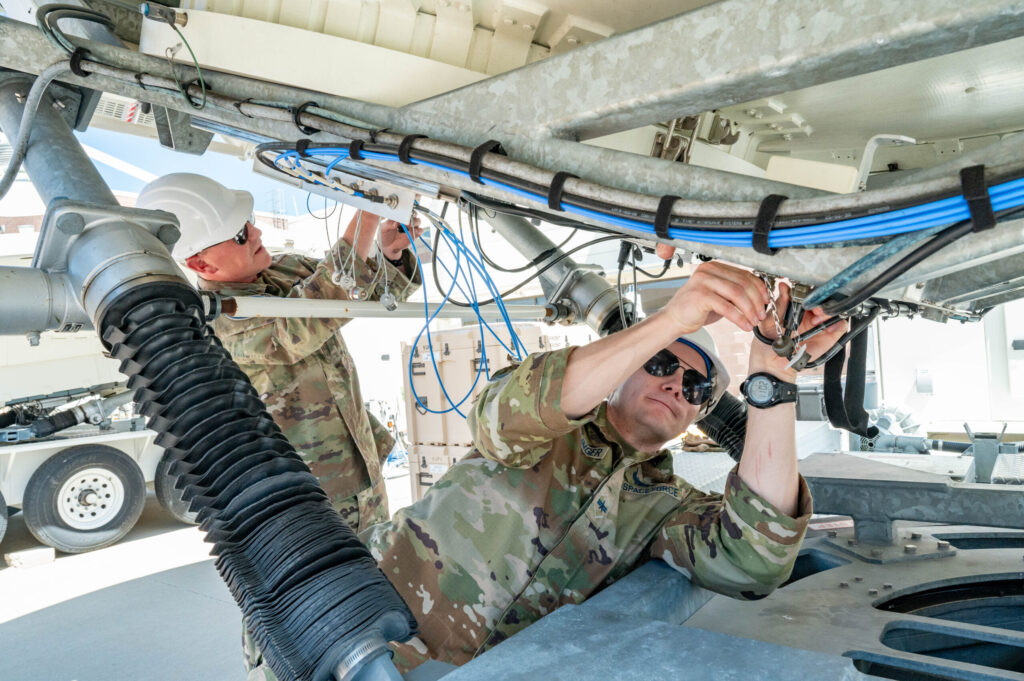CDOT director blames jump in traffic fatalities on ‘epidemic of distracted driving’
Traffic deaths are on the rise in Colorado over the past two years – reversing what had been a decade-long trend of falling fatalities – and the state’s transportation chief says it’s because more drivers are paying less attention to the road.
“What the data tells me is we have an epidemic of distracted driving,” CDOT Executive Director Shailen Bhatt told The Colorado Statesman in a recent interview. “People on phones, on their devices.”
There were 605 traffic-related fatalities on Colorado roads last year, up nearly 11 percent from the 547 deaths in 2015 and up 24 percent from the 2014 totals, according to preliminary data compiled by the Colorado Department of Transportation.
“Colorado is growing, but that doesn’t mean traffic fatalities must grow too,” Bhatt said.
The last time there were as many fatalities reported on the state’s roads was 2005, when 606 deaths were recorded.
The number of motorcycle fatalities hit a record high of 125 deaths last year, up by 50 percent in just four years, CDOT reported, and most of those victims weren’t wearing helmets. CDOT plans to spend $390,000 in this fiscal year on motorcycle safety campaigns aimed at both drivers and motorcycle riders.
“The data is telling us some really interesting things we need to pay attention to,” Bhatt said. For instance, he said, serious injury crashes are down but fatalities are up. And it’s the sharp rise in deaths of what he calls “our vulnerable users” – pedestrians, motorcyclists and bicyclists – that tells him it’s likely distracted driving is fueling the increase.
Traffic fatalities are up 8 percent nationwide in the last year.
With 3.8 million licensed drivers in Colorado, the odds are that one in every 33 drivers will be in a crash this year, the department said.
The usual cautions still apply – almost half of the 605 total fatalities in Colorado last year involved motorists who weren’t using seat belts, and 33 percent of the fatal crashes involved alcohol.
“Fatal crashes continue to be a tragic ending for hundreds of people in Colorado each year,” said Colorado State Patrol Chief Scott Hernandez in a statement. “Every life matters. They matter to me, my troopers and the families suffering from these preventable tragedies. We encourage drivers to make good decisions, avoid distractions, and drive sober. Kick off the new year by buckling up, dropping the distractions and focusing on driving.”
Nearly every fatal crash involves some risky behavior – which is why officials prefer calling them crashes instead of accidents – such as not wearing a seat belt, speeding, driving while impaired on drugs or alcohol, or driving distracted, CDOT said in a statement. Odds of surviving a crash improve dramatically, officials said, if motorists buckle up, don’t go to fast, don’t drive while impaired and stay off their phones.
Bhatt said a primary seat belt law – allowing law enforcement officials to pull over motorists who don’t appear to be buckled up – would help, noting that states that have passed that see big increases in seat-belt use. Utah, for instance, saw a 10-percent increase in drivers wearing seat belts after recently enacting a primary seat belt law.
“We believe we could save a dozen to 15 lives,” with the same increase among Colorado drivers, Bhatt said. “But it’s a heavy political lift.”
The state can also introduce more punitive measures for texting and driving, Bhatt noted, calling that problem primarily an enforcement issue. But at some point it will be a matter of changing the way Coloradans travel on the roads.
“For millennials and others, driving is a distraction from what they want to be doing,” he said. “You see them going down the road, and they’re checking Facebook, they’re checking Twitter.” For that reason, he said, it could take widespread adoption of self-driving vehicles to fix things, but that could take a while.
“We’re big proponents of autonomous vehicles,” Bhatt said, “because 90 percent of crashes are caused by human error.” With 300 million vehicles on American roads, though, it might be 15 years before enough of them are replaced with new technology.











